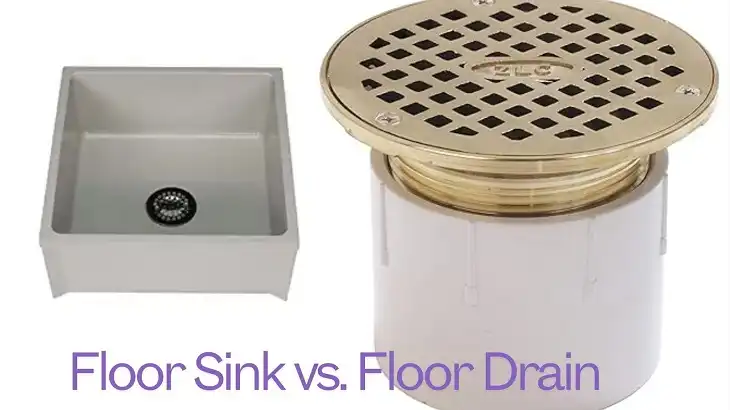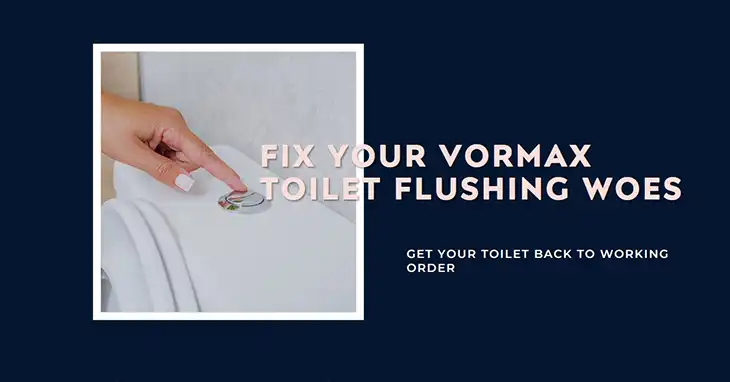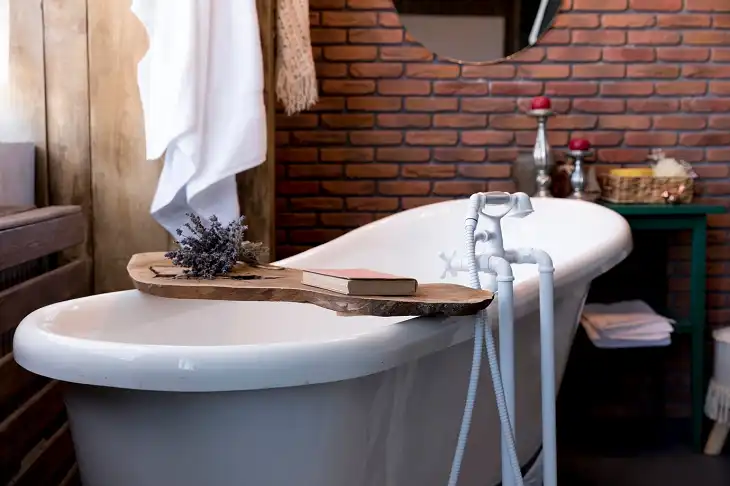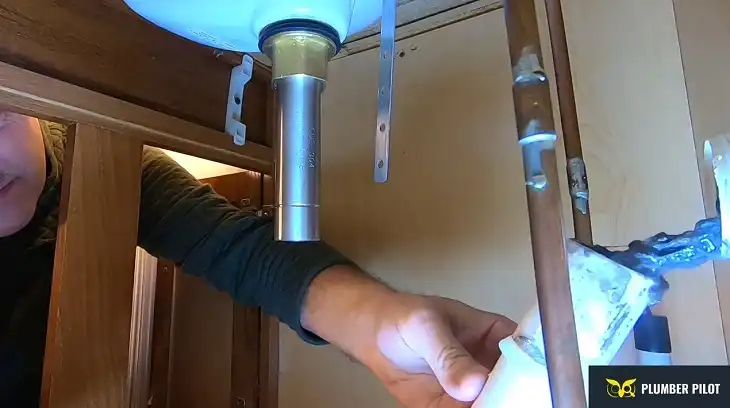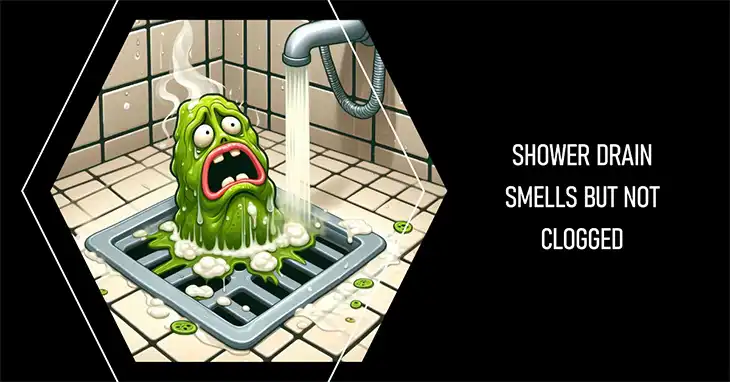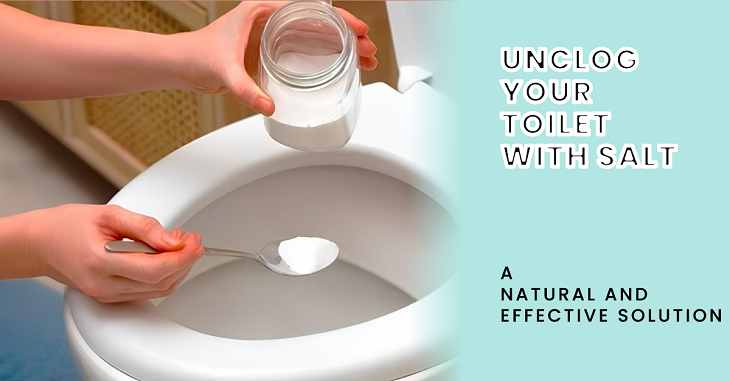How to Fix a Slow-Draining Kitchen Sink?
A slow-draining kitchen sink is not only frustrating but can also lead to bigger plumbing issues if left unchecked. The most common reasons for a slow drain include buildup of grease, food particles, and soap residue in the pipes.
The quick fix? Start by using a plunger or a simple homemade solution like baking soda and vinegar to break down the clog. Regular maintenance and avoiding pouring greasy substances down the drain can help prevent this issue from happening again, which we’ll discuss in detail below.
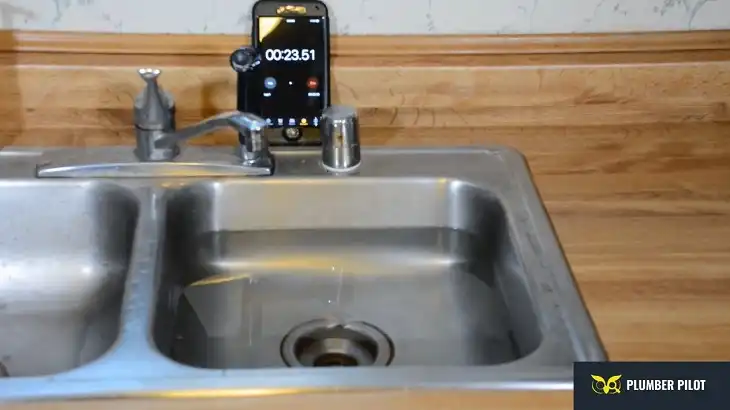
Common Causes of Slow Draining Kitchen Sinks
When your kitchen sink starts to drain slowly, it’s usually due to one of several common culprits.
Understanding these causes can help you identify and address the issue more effectively. Here’s a closer look at the typical reasons behind a sluggish drain:
1. Grease and Food Buildup
Grease and food particles are among the most frequent offenders when it comes to slow-draining sinks. Over time, grease from cooking oils and fats can solidify and stick to the walls of your pipes, creating a sticky surface that attracts food particles.
This combination of grease and food debris gradually narrows the passageway, making it harder for water to flow freely. Even small amounts of leftover food can contribute to a significant buildup over time.
2. Foreign Objects
Foreign objects that accidentally find their way into your sink drain can also cause slow drainage. Small items like pieces of plastic wrap, fruit stickers, or even utensils can get lodged in the pipes, obstructing the flow of water.
These objects might not completely block the drain but can create enough of a barrier to slow it down considerably. It’s important to be mindful of what goes down your sink to avoid this issue.
3. Soap Scum Accumulation
Soap is essential for keeping your dishes clean, but it can also be a hidden enemy of your sink’s drainage system. Soap scum, the residue left behind by soap, can build up inside your pipes over time.
When soap combines with minerals in your water, it forms a hard, chalky substance that can coat the insides of your pipes, reducing their diameter and slowing down water flow. This buildup can be particularly problematic in homes with hard water.
4. Damaged or Old Pipes
Sometimes, the issue isn’t with what goes down your drain but with the pipes themselves. Damaged or old pipes can become corroded, cracked, or misaligned, all of which can impede the flow of water.
Corrosion can cause rough surfaces inside the pipes, which can catch debris and lead to clogs. Similarly, cracks or misalignments can create areas where debris accumulates, resulting in slow drainage.
If your home has an older plumbing system, this might be a contributing factor to your sink’s sluggish performance.
DIY Methods to Fix a Slow Draining Kitchen Sink
When your kitchen sink starts to drain slowly, you don’t always need to call a plumber right away. There are several DIY methods you can try to get your sink flowing freely again. Here are some effective techniques:
Method 1: Boiling Water Flush
One of the simplest and most effective ways to clear minor clogs is by using boiling water. The heat can help dissolve grease and flush away any debris clinging to the pipes. Here’s how you do it:
- Boil a kettle of water.
- Carefully pour the boiling water down the drain in two or three stages, allowing a few seconds between each pour. This gives the water time to work on the clog.
- Repeat if necessary.
This method works best for minor clogs caused by grease and soap scum. Be cautious with this method if you have PVC pipes, as the high temperature might soften the plastic.
Method 2: Check the Garbage Disposal
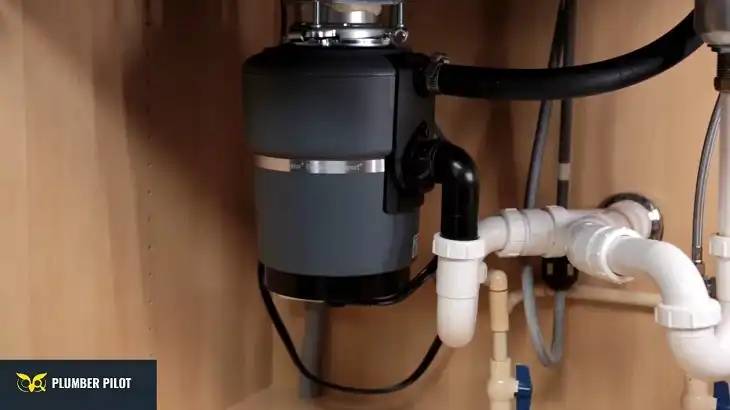
If your sink is equipped with a garbage disposal, it might be the source of the clog. Here’s how to check and fix it:
- Turn off the power to the disposal to ensure safety.
- Check the disposal for any obvious obstructions using a flashlight.
- Use a hex key (if available) to manually turn the blades and dislodge any stuck debris.
- Turn the power back on and run the disposal with water to see if the drainage improves.
Method 3: Natural Remedies (Baking Soda and Vinegar)
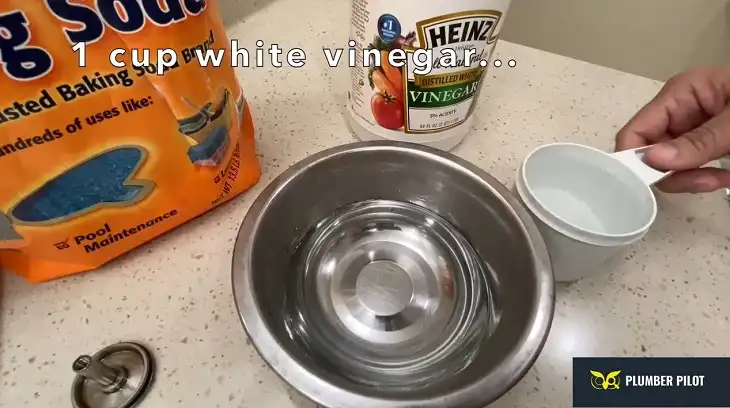
For a more natural approach, try using baking soda and vinegar. This method can help break down organic matter and deodorize your drain.
- Pour half a cup of baking soda down the drain.
- Follow with a cup of white vinegar.
- Let the mixture sit and fizz for about 15-20 minutes.
- Flush with boiling water.
The chemical reaction between the baking soda and vinegar can help loosen clogs and remove buildup inside the pipes.
Method 4: Plunging Techniques
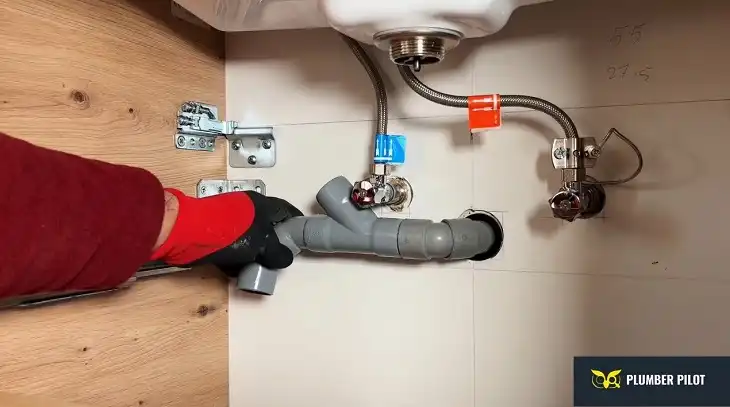
A plunger can be a very effective tool for clearing clogs. Here’s how to use it properly:
- Fill the sink with enough water to cover the plunger’s cup.
- Place the plunger over the drain and press down firmly.
- Create a seal and plunge vigorously up and down.
- Check the drainage and repeat if necessary.
Make sure to cover any overflow openings with a wet cloth to maintain the seal and increase the plunging pressure.
Method 5: Cleaning the P-Trap

The P-trap is the U-shaped pipe under your sink that can accumulate debris over time. Cleaning it can often solve drainage issues:
- Place a bucket under the P-trap to catch any water or debris.
- Loosen the slip nuts on both ends of the P-trap and remove it.
- Clean out any gunk or buildup inside the P-trap.
- Reassemble the P-trap and check for leaks.
Method 6: Using a Plumber’s Snake or Auger
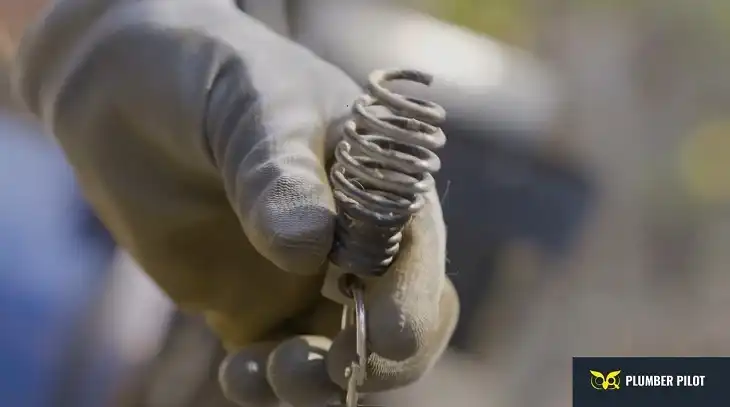
For more stubborn clogs that are deeper in the pipes, a plumber’s snake or auger can be very effective:
- Insert the end of the snake into the drain and push it in until you feel resistance.
- Rotate the handle to break up the clog or snag it on the snake.
- Continue to push and rotate until the snake moves freely through the pipe.
- Withdraw the snake and run water to check the drainage.
These tools can reach clogs that are beyond the reach of plungers or other methods, making them invaluable for more severe blockages.
By trying these DIY methods, you can often resolve slow-draining sink issues without needing professional help. However, if the problem persists, it might be time to call a plumber to ensure there are no more serious underlying issues.
Kitchen Sink Slow Drain Prevention Tips
Preventing a slow-draining sink is often easier and more cost-effective than fixing one. By adopting a few simple habits, you can keep your kitchen sink running smoothly and avoid future clogs. Here are some essential prevention tips:
1. Proper Disposal of Grease and Food Waste
Grease and food waste are major contributors to clogs. Here’s how to dispose of them properly:
- Avoid pouring grease down the drain. Instead, let it cool and solidify, then scrape it into a container and dispose of it in the trash.
- Use a strainer or drain screen to catch food particles and prevent them from entering the drain. Empty the strainer into the trash regularly.
- Never put coffee grounds, eggshells, or fibrous foods (like celery and potato peels) down the drain, as they can easily cause blockages.
2. Regular Cleaning and Maintenance
Regular cleaning and maintenance can help prevent buildup and keep your pipes clear:
- Run hot water down the drain after each use to help dissolve and flush away any grease or soap scum.
- Use a natural drain cleaner once a month to keep your pipes clean. Pour a mixture of baking soda and vinegar down the drain, let it sit for 15-20 minutes, then flush with hot water.
- Clean your garbage disposal regularly by grinding up ice cubes and citrus peels, which can help remove debris and odors.
3. Using Drain Screens
Drain screens are a simple yet effective way to prevent clogs:
- Install drain screens over your kitchen sink drain to catch food particles, hair, and other debris before they enter the pipes.
- Choose the right size and type of screen for your sink to ensure it fits securely and effectively filters out debris.
- Clean the screens regularly to prevent buildup and maintain proper water flow.
When to Call a Professional Plumber
While DIY methods can resolve many slow-draining sink issues, there are times when it’s best to call in a professional plumber.
Knowing when to seek expert help can prevent more serious problems and ensure your plumbing system remains in good condition. Here are some situations where professional assistance is recommended:
1. Persistent Clogs
If you’ve tried multiple DIY methods and your sink is still draining slowly, it might be time to call a professional. Persistent clogs could indicate a deeper issue within your plumbing system that requires specialized tools and expertise to resolve.
A professional plumber can diagnose and fix the problem effectively, preventing further damage.
2. Multiple Slow Drains in the House
If you notice that more than one drain in your home is slow, this could be a sign of a larger issue, such as a blockage in the main sewer line.
Multiple slow drains often indicate a problem that affects the entire plumbing system, which requires professional inspection and repair. Addressing these issues promptly can prevent sewage backups and other serious complications.
3. Unusual Odors or Sounds
Unusual odors or sounds coming from your drains can be a sign of more significant plumbing problems.
Foul smells might indicate a clog or buildup of organic material in the pipes, while gurgling sounds could signal trapped air due to a blockage.
These issues are best handled by a professional plumber, who can identify and fix the underlying cause to restore normal function and eliminate odors or noises.
Conclusion
A slow-draining kitchen sink can be a major inconvenience, but with the right knowledge and tools, you can often resolve the issue yourself. By understanding the common causes of slow drains and employing effective DIY methods, you can keep your sink running smoothly.
Additionally, adopting preventive measures will help maintain your plumbing system and reduce the likelihood of future clogs. However, it’s important to recognize when a problem requires professional intervention.
Persistent clogs, multiple slow drains, and unusual odors or sounds are clear indicators that it’s time to call a plumber. Addressing these issues promptly can prevent more serious and costly problems down the line.
FAQs
1. How Do You Fix A Slow Draining Kitchen Sink?
There are several methods to fix a slow draining kitchen sink. One of the safest and most effective ways is to use a mixture of baking soda and vinegar. Pour half a cup of baking soda down the drain, followed by a cup of vinegar. Let the mixture fizz for 15-20 minutes, then flush with boiling water.
2. Why Does My Kitchen Sink Drain Slow And Gurgles?
A slow draining sink that also gurgles is often caused by poor drain venting or a partially clogged drain. These issues can create air pockets in the pipes, leading to gurgling noises as the water struggles to flow past the blockage or venting issue.
3. How To Unclog A Kitchen Sink With Standing Water?
To unclog a kitchen sink with standing water, use a sink plunger. Place the plunger over the drain and create a seal. Plunge vigorously up and down to create suction, which can help dislodge the clog. Once the water starts to drain, flush the sink with hot water to clear any remaining debris.
4. Why Is My Sink Clogged But Pipes Are Clear?
If your sink appears clogged but the pipes are clear, it could be due to an airlock or a plumbing vent issue. An airlock can prevent water from flowing properly, while a blocked vent can cause drainage problems and gurgling noises.
5. Why Is My Sink Draining Slow But No Clog?
If your sink is draining slowly but there is no obvious clog, it could be an issue with your sewer line. Blockages or damage in the sewer line can cause slow drainage throughout your plumbing system. This problem typically requires professional inspection and repair.
6. How Do Plumbers Unclog Sinks?
Plumbers often use a manual drain snake, also known as a plumber’s snake or auger, to unclog sinks. This tool is inserted into the drain and rotated to break up clogs or pull out debris. For more severe blockages, they may use a motorized snake or hydro-jetting equipment to clear the pipes.

